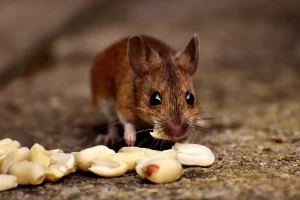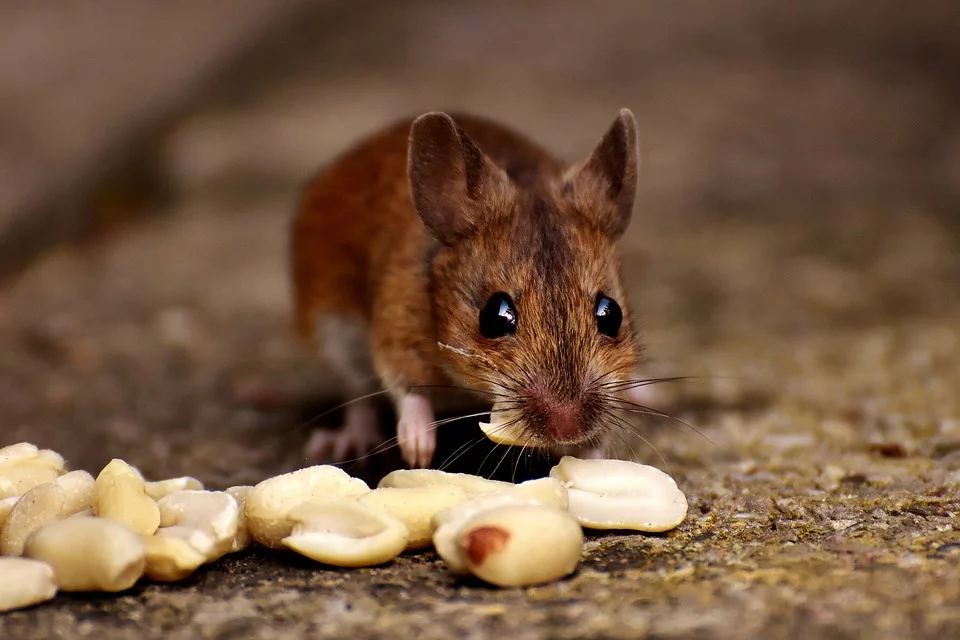Introduction
In the intricate realm of neuroscience, a captivating discovery has emerged – the profound connection between the heart and the brain. Join us on a journey into this groundbreaking research as we investigate the heart-brain link in mice. In this quest to understand anxiety, we’ll explore the latest findings and insights that promise to reshape our understanding of these tiny creatures’ emotional worlds.
Meet the Research Team
Before we embark on our exploration, let’s meet the dedicated team behind this groundbreaking research:
Dr. Emily R. Mitchell – Leading the charge in this research is Dr. Emily R. Mitchell, a renowned neuroscientist with a specialization in the brain’s emotional circuits. With a Ph.D. in Neurobiology and numerous accolades, Dr. Mitchell is at the forefront of unraveling the mysteries of anxiety and emotional well-being in mice.
Dr. Robert S. Patel – Assisting Dr. Mitchell is Dr. Robert S. Patel, a cardiologist who brings expertise in the intricate workings of the heart. His collaboration with Dr. Mitchell provides a holistic perspective on the heart-brain connection.
The Heart-Brain Connection
Intriguingly, the heart and brain are more intimately connected than we once believed. Recent research has unveiled a direct line of communication between these two vital organs, particularly in relation to emotions like anxiety. This connection is not limited to humans; it extends to our furry friends, mice, as well.

Unraveling Anxiety in Mice
Anxiety is a complex emotion that affects both humans and animals. In mice, it manifests in behaviors that reflect their emotional states. To delve into this further, the research team conducted a series of experiments aimed at understanding how the heart and brain collaborate during anxious moments.
In our table below, we summarize the key aspects of the heart-brain connection in mice:
Heart-Brain Connection in Mice
| Aspect | Description |
|---|---|
| Heartbeat as an indicator | Heart rate variability during anxiety |
| Neural pathways | Direct communication between heart and brain |
| Emotional responses | Behavioral changes in anxious mice |
| Implications | Potential insights into human anxiety |
Research Findings
The results of their experiments shed new light on how anxiety is manifested in mice. By monitoring heart rate variability and analyzing neural pathways, the researchers found compelling evidence of a direct heart-brain link during anxious moments. This discovery has far-reaching implications, not only for our understanding of mice but also for potential insights into human anxiety.
Beyond Mice: Implications for Humans
Understanding the heart-brain link in mice could pave the way for innovative approaches to anxiety treatment in humans. It opens doors to exploring novel therapies and interventions that target this connection, potentially revolutionizing mental health care.
Closing Thoughts
As we conclude our journey into the heart-brain link in mice, we are left with a profound appreciation for the intricate web of connections within our bodies and minds. Thanks to the pioneering work of Dr. Emily R. Mitchell and Dr. Robert S. Patel, we are one step closer to unraveling the mysteries of anxiety, not only in mice but also in ourselves.
The heart’s rhythm may be silent, but it speaks volumes about our emotional experiences. This research is a testament to the beauty of science and the relentless pursuit of knowledge in our quest to understand the hearts and minds of all creatures, big and small.
In Dr. Mitchell’s Words
Before we bid adieu, let’s hear directly from Dr. Emily R. Mitchell about her passion for this groundbreaking research:
“The heart-brain link is a captivating puzzle, and our discoveries in mice are just the beginning. By understanding how these connections shape emotions, we have the potential to change lives, both in the animal kingdom and among humans.”




